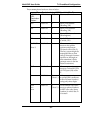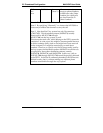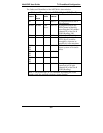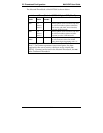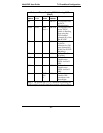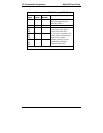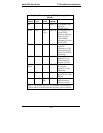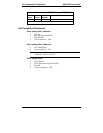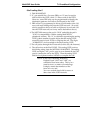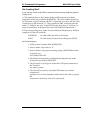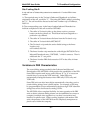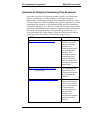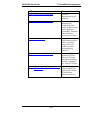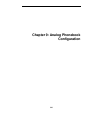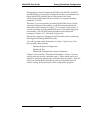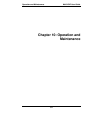
MultiVOIP User Guide T1 PhoneBook Configuration
315
Site D calling Site C
1. Dial 901189435632.
2. “9” gets outside line. On some PBXs, an “8” may be used to
direct calls to the VOIP, while “9” directs calls to the PSTN.
However, some PBX units can be programmed to identify the
destination patterns of all calls to be directed to the VOIP.
3. PBX at Site D is programmed to divert all calls made to the 118
area code and exchange 943 into the VOIP network. (It would
also be possible to divert all calls to all phones in area code 118
into the VOIP network, but it may not be desirable to do so.)
4. The MVP3010 removes the prefix “0118” and adds the prefix
“101#” for compatibility with the analog MultiVOIP’s
phonebook scheme. The “#” is a delimiter separating the analog
VOIP’s phone number from the digits that the analog VOIP
must dial onto its local PSTN to complete the call. The digits
“101#9435632” are forwarded to the Site B analog VOIP.
5. The call passes through the IP network (in this case, the Internet).
6. The call arrives at the Site B VOIP. This analog VOIP receives
this dialing string from the MVP3010: 101#9435632. The analog
VOIP, seeing the “101” prefix, uses its own channel #1 (an FXO
port) to connect the call to the PSTN. Then the analog VOIP
dials its local phone number 9435632 to complete the call.
NOTE: In the case of Reading, Berkshire,,
England, both “1189” and “1183” are
considered local area codes. This is, in a
sense however, a matter of terminology.
It simply means that numbers of the
form 9xx-xxxx and
3xx-xxxx are both local calls for users at
other sites in the VOIP network.



